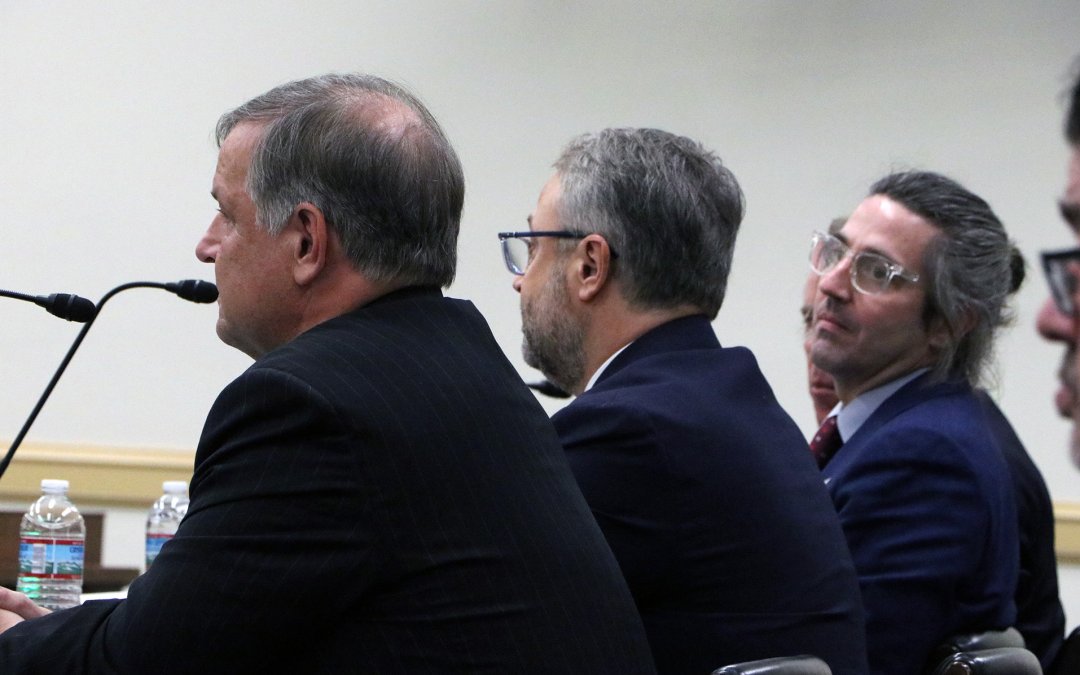WASHINGTON – A recent deal between the National Football League and NBCUniversal’s Peacock to stream a wild-card game solely on that platform has prompted lawmakers to further examine the rise of sports streaming services.
On Wednesday, the House Commerce subcommittee called media industry representatives to explain the recent challenges alongside sports broadcasting and viewer trends.
“Consumers have more choices than ever when it comes to the way they watch their favorite sports,” said Rep. Doris Matsui (D-Calif.). Congress has the power to step into the fray because it can challenge the NFL’s broadcast antitrust exemption. This exemption currently enables collective selling of broadcast rights rather than individually by each team.
John Ourand, a sports correspondent at Puck News, an online news site, described the current landscape as “chaos.”
“People that are not sports fans that like entertainment programming; they’ve already cut the cord” from cable services, Ourand said.
Since March 2023, traditional broadcast television has remained the preferred method for 57 percent of Americans to enjoy sports, Statista reported. However, a surge in high-speed internet availability has led to a decline in cable subscriptions. The number of cable and related services subscribers dropped to 69.2 million in 2021, from nearly 94 million in 2017.
The wild-card playoff game on Peacock, when the Kansas City Chiefs defeated the Miami Dolphins, became the most watched streaming program in U.S. history. But both broadcast stations and consumers criticized the move because it limited access.
“When the NFL put [a playoff game] behind a streaming platform, that was clearly alarming,” Brian Lawlor, president of Scripps Sports, whose parent company owns several local stations, told lawmakers. “We are on the NBC station in West Palm Beach, so of all the NFL granted Peacock the right and the mandate that they have put that NFL game in Miami for their local fans.”
The NFL, owning rights to all its games, secured a $125.5 billion television rights deal over the next decade. Rob Thun, the chief content officer of DirecTV, described the NFL’s role in streaming.
“As the NFL has expanded its season and added new games, they’ve opportunistically taken some of those games and used that as vehicles to provide opponents for some of these streamers to then buy these exclusive games and put them into those apps,” Thun said. “That’s going to lead to further fragmentation, further frustration and higher bills for consumers.”
Costs of media distribution rights grew at an annual rate of 6.3 percent, reaching $19.8 billion in 2022, now projected to grow to $31.6 billion by 2030, according to research conducted by Morgan Stanley.
At the same time, the sales of broadcast rights to regional sports networks face uncertainty as cable subscriptions drop and costs of such media rights rise. Lawlor called for broadcast stations to be part of the equation when moving forward with streaming options.
“It’s important that local fans can view local channels with local sports,” Lawlor said. “Most of the news operations are not profitable by themselves.”
Consumers are also balking at paying more. A 2023 study revealed that 35 percent of sports fans found video content too expensive, dissuading them from purchasing such services.
“Sports fans now have the freedom to choose services that align with their preferences,” said Rep. Cathy McMorris Rodgers (R-Wash.), chair of House Commerce Committee. “Sports leagues recognize that they need to meet fans where they are, which is why they’re quickly moving online.”
Big Tech companies, like Amazon, are joining the mix as well, as part of a deal in which it invested in a regional sports network, showcasing a shift in local sports programming. Sports journalists like Ourand warn of these changes to the industry.
“It certainly is changing the sports media landscape because it’s getting a lot of those games,” Ourand said.


